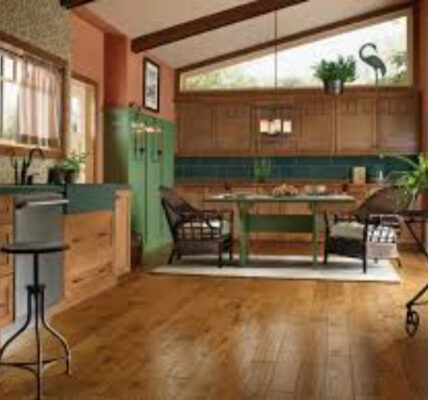Framing is the crucial building process that creates the skeletal structure of an edifice. It holds up walls, floors, roofs and ceilings while supporting a variety of weights and forces such as furniture, occupants, and environmental factors like wind and seismic activity. The quality of framing impacts the overall strength and structural integrity of a commercial structure. It also lays the foundation for interior finishes like tile and cabinets, so precise accuracy is essential for aesthetic purposes as well.
Having an expert contractor conduct the framing process will eliminate costly mistakes and ensure that a building is built to code. Framing contractors such as Grey County Drywall Company must be licensed and insured, and they should have a strong track record with previous clients. They should also be able to provide a detailed cost estimate and timeline for the project.
While wood, steel and concrete are popular construction materials, commercial framing options vary by project type and location. Considerations include site conditions, accessibility needs and timelines, as well as local regulatory requirements like seismic loads and fire-resistant specifications. Choosing the right framing method ensures that your commercial build is code compliant and up to standard.
The Importance of Proper Commercial Framing
The type and quality of materials used in commercial framing affects overall cost and the resulting building. For example, steel framing is often chosen for high-rise projects because it can withstand greater stresses and bending than wood. It’s also more resistant to termites and rot, and it requires less maintenance. Conversely, wood framing is a popular choice for smaller-scale projects and boutique retail spaces because it’s cost effective and easy to work with. It’s also easy to incorporate engineered wood products like laminated veneer lumber (LVL) and cross-laminated timber (CLT) to improve strength, stability, and durability.
Additionally, the framing system’s impact on a structure’s energy efficiency cannot be underestimated. Quality framing will not only improve a building’s EER or SEER ratings, but it will also reduce its overall energy consumption and carbon footprint. This will benefit the environment and increase a building’s appeal for eco-conscious tenants and buyers.
In addition to its functional importance, accurate framing provides a solid base for installing interior finishes, making it easier and faster to lay tiles, install cabinetry, and paint or stain the walls. It will also help to prevent ground settling and shifting, which can compromise the integrity of a structure.
Commercial framing is a vital stage in any construction project and should be completed according to strict standards. It’s essential to schedule inspections at key points throughout the construction process to make sure that everything is on track to meet the required specifications. Many municipalities offer framing checklists for builders to use as a reference for tasks that must be completed and items that must be present before scheduling an inspection.





